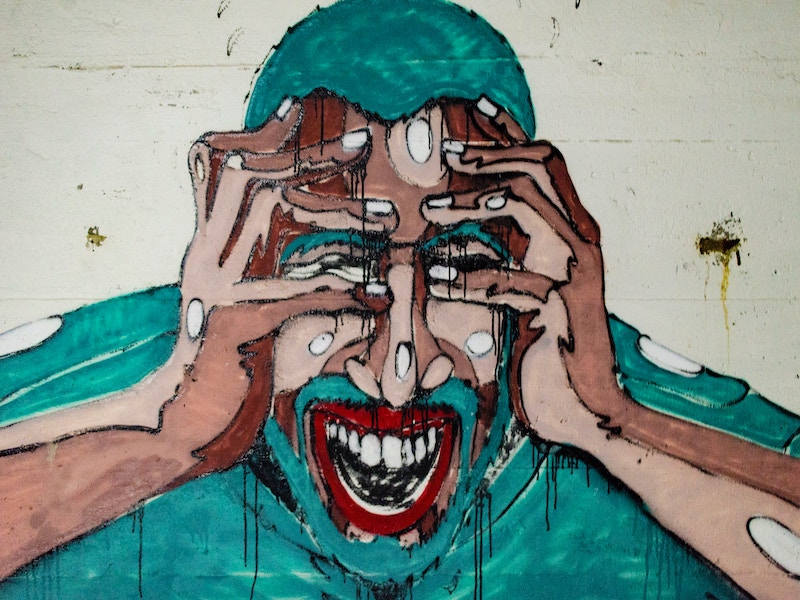The odds of limiting warming to 1.5°C seem to make doomism a perfectly rational reaction
There are two rather disparate camps that have come to define the climate narrative. On one side are the optimists, who remain utterly convinced that the innovative power of markets will trigger the necessary transformation that’s required to overcome the climate crisis. On the other side are the pessimists. Climate pessimism has come to be known as climate doomism. Doomers believe the window of opportunity for transformation has passed, and we are now locked into a pathway where climate disaster is inevitable. We all know that to have any hope of achieving a goal, optimism is an essential quality; pessimism does no one any favours, so why are doomers so, well, gloomy?
The International Panel on Climate Change (IPCC) has set a goal of restricting global warming to 1.5°C. This is a threshold that must not be breached if we are to avoid the catastrophic impacts of warming above that temperature. Actions to reach the goal revolve around achieving net zero by 2050. Net zero doesn’t mean zero emissions. It means we reach a point where total emissions are equal to or less than emissions removed from the environment. The desired outcome is to reach a point where more greenhouse gases are absorbed through carbon sinks, like rainforests or the ocean, then released through emissions, gradually decreasing the concentration of greenhouse gases in the atmosphere.
More than 70 countries, including the biggest polluters — China, the United States, and the European Union — have set a net zero target, representing 76 percent of global emissions. Over 600 companies have signed the business ambition for 1.5°C commitment. While more than 700 cities, over 500 universities, and 23 regions have joined the Race to Zero, pledging to take rigorous, immediate action to achieve net zero in the 2040s or sooner. 51 countries have gone a step further, enshrining a net zero emission or “climate neutrality” goal in legislation.
It sounds like the optimists have every right to be optimistic until we get to the Nationally Determined Contributions (NDCs). The Paris Agreement requires each country to prepare, communicate, and maintain a set of climate actions they are implementing or planning to implement and the impacts these actions will have in reducing emissions. These NDCs allow the UNFCCC to determine whether the world is on course to reach net zero by 2050. The idea of a ‘carbon budget’ helps them make such an assessment. The IPCC has calculated that to have a 50 percent chance of restricting global warming to less than 1.5°C, the total cumulative CO2 emissions released into the atmosphere since 1850 must be kept below 2,900 billion tonnes. Between 1850 and 2019, emissions totaled 2,400 billion tonnes; 42 percent of that total occurred between 1990 and 2019. This means from 2020, the maximum available carbon budget remaining is 500 billion tonnes. The remaining budget increases to 1,150 billion tonnes for a 67 percent chance of restricting warming to 2°C.
To remain on track for the 1.5°C target, emissions need to peak by, at the latest, 2025, be cut by 43 percent by 2030 and 84 percent by 2050. To achieve the 2°C target, emissions need to decrease by 27 percent by 2030 and 63 percent by 2050. At present, we’re in no way near achieving either target. In fact, based on current NDCs, the world is on track for 2.7°C warming by 2100. The number of countries pledging to reach net zero emissions by 2050, or soon after, may be growing, but “net zero pledges lack policy detail and delivery mechanisms, and the deficit between targets and the global carbon budget is widening every year.” It’s for these reasons that the Emissions Gap Report 2022 concludes there is no credible pathway to achieving the 1.5°C target and climate disaster can only be avoided by an urgent system-wide transformation.
Our current emissions trajectory means there is less than a five percent chance of keeping temperatures well below 2°C above pre-industrial levels and less than one percent of reaching the 1.5°C Paris Agreement target. Optimism, when faced with those odds, is a blind delusion. But the slow-moving nature of changes to biophysical processes means the crisis is set up for optimists to feel optimistic. This optimism works to create complacency and a feeling that no matter how bad things get, everything will be okay in the end. Optimism makes calls for social transformation feel rather extreme when companies appear to be doing a fine job of solving environmental problems. Rather than a widespread need to instigate an emergency response to mitigate the worst impacts of the climate crisis, optimism means, collectively, we remain safe in some delusional comfort blanket that things aren’t going to be as bad as scientists claim.
When looking at the odds, doomers aren’t pessimistic, they’re realistic. Social transformation necessitates a redesign of the economy because it’s economic activity that is the root cause of the climate crisis. But you can’t spontaneously move from one economic system to another. Moving to an economy that provides human needs within environmental limits would involve a radical transformation of social norms, conventions, and values. This could only be achieved by a profound shift in behaviour stemming from a different belief system. Given vested interests, who have everything to lose if the status quo isn’t maintained, do all they can to resist transformative change, it’s unclear how or what will trigger the need to make such a transformation. When you weigh the overwhelming nature of the challenge we face, and what needs to be done to create a tangible pathway to solutions, doomism seems to be an entirely appropriate, rational reaction, it’s the optimists who have their heads in the sand.



